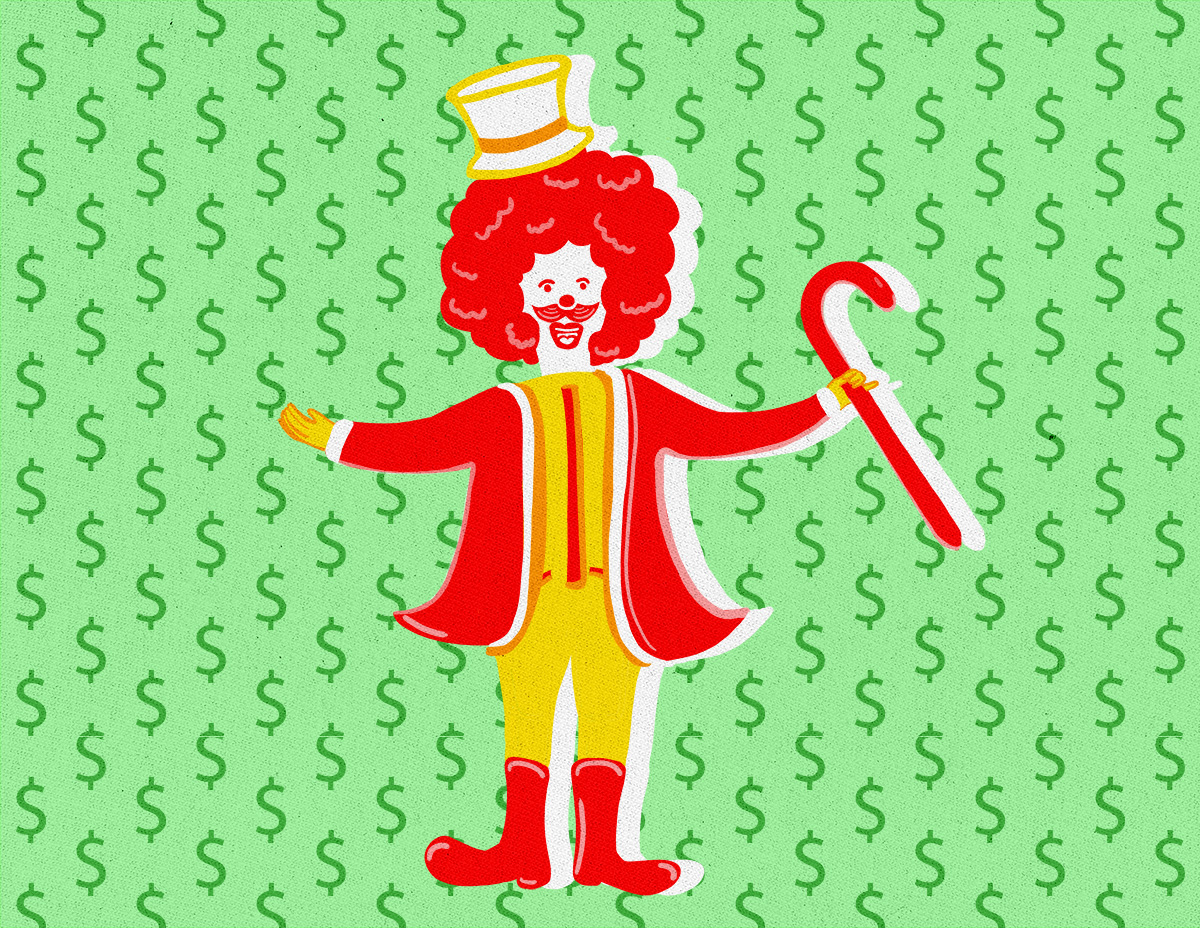McDonald’s Monopoly game has quickly become a tradition for fast food enthusiasts
In 1987, fast food giant McDonald’s came up with a marketing tactic so clever and ahead of its time that it quickly ushered in a recurring yearly event for the chain. Their idea was to combine one of, if not the most, popular board games in the world, Monopoly, with their brand. The result: a worldwide tradition that generates hundreds of millions of dollars.
The idea behind the game is quite simple: Monopoly game pieces are printed on the packaging of various food and beverage items on the McDonald’s menu. You simply have to peel off the sticker and look at what it says. Three things can happen: you can win instant prizes, such as numerous food items, gift cards, or cash; you can win more specific rewards that can be redeemed online, like a Roku Streambar, a video game, a coffee maker or even a drill set; or the third and most common result, you get a special Monopoly-themed sticker that when combined with others can win you big prizes, such as $50,000 in cash, a new car or even a family vacation for four at the Universal Orlando Resort.
However, to win these prizes, you have to be in possession of all the pieces in a group, usually two to four, just like you would have to possess all properties of the same color group to build houses and hotels in the real Monopoly game. The catch McDonald’s uses compared to the real Monopoly, is that some pieces are going to be rarer to find than others. For every sticker peeled, all the pieces are going to be pretty common to find, except those that are next to impossible to track down. What often happens is that people will start collecting the pieces and might be one piece away from winning one of the bigger prizes. For a second, they think they have an actual chance of winning, but in reality, with a total of approximately 115,340,703 total game pieces, the odds of pulling one of the rarer stickers are so incredibly low that it is mostly a mirage.
This game is a great publicity stunt that generates big profits for the fast food chain. People will be more inclined to go to one of their restaurants because they have a chance to earn rewards by eating there. Since the event lasts one month, people are inclined to return more often in a shorter span, because the more they accumulate game pieces, the more they have a chance of winning. The game pieces don’t come with every item on the menu (such as smaller items like a small fry, snacks or a junior chicken), but customers are rewarded with additional game pieces if they purchase larger portions. For example, by upgrading your medium fry by a large fry, you would be rewarded with extra pieces. All of these tactics help the customer grow interest towards the game, which means they have a higher chance of coming more often to McDonald’s and most likely eating more intended.
Overall, the McDonald’s Monopoly game is a massive win for the multi-billion dollar franchise, because it creates a game that gives the illusion to customers that they actually have a chance to win the big ticket prizes. At least for the clients, some of the smaller prizes are winnable. Either way, the game succeeds at attracting more people to come eat at their franchises for a month straight, resulting in the chain restaurant reaping more than what they sow in a true Monopoly win.
Feature graphic by Madeline Schmidt
